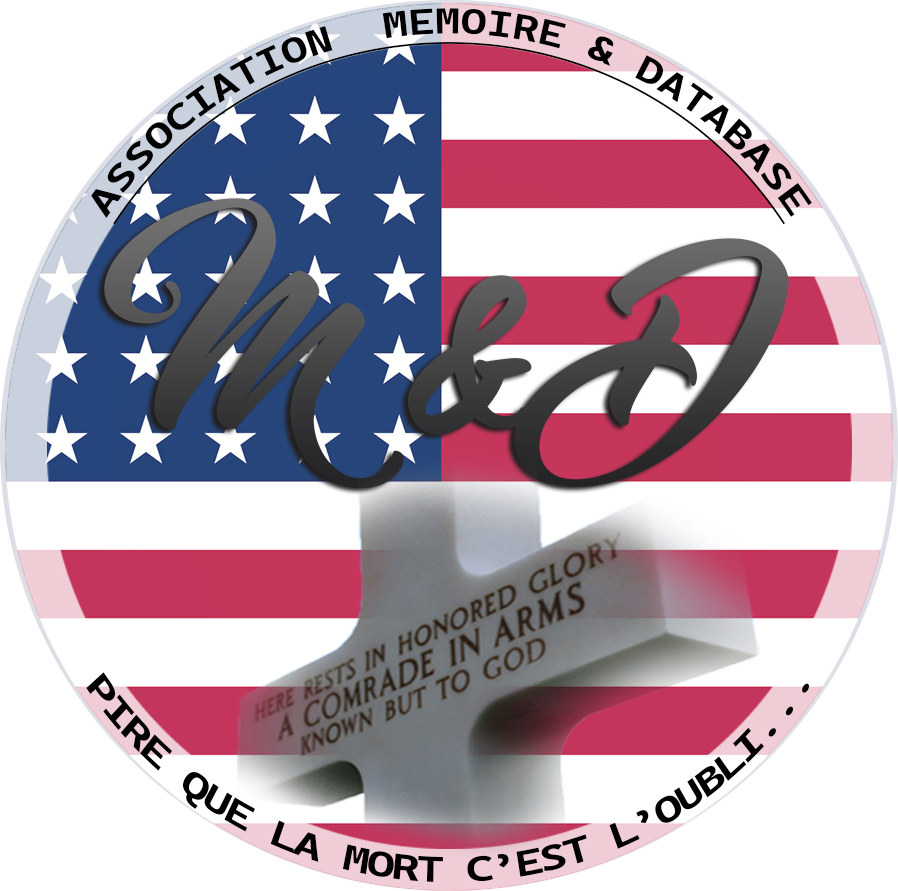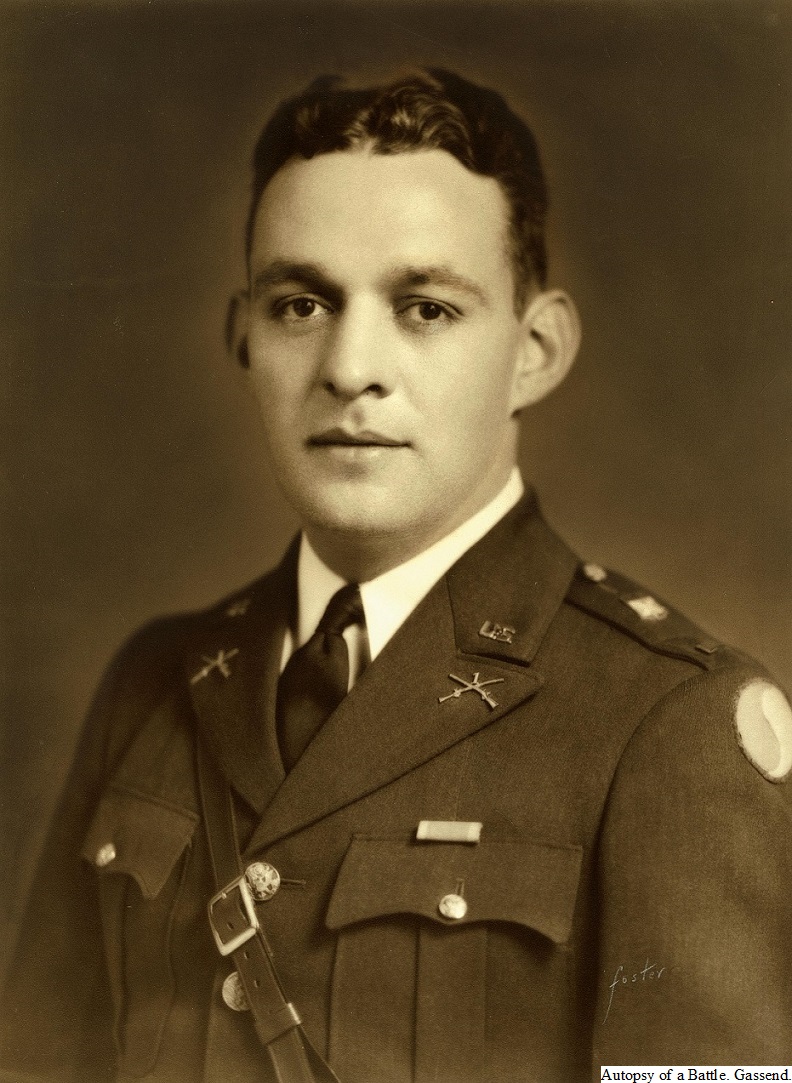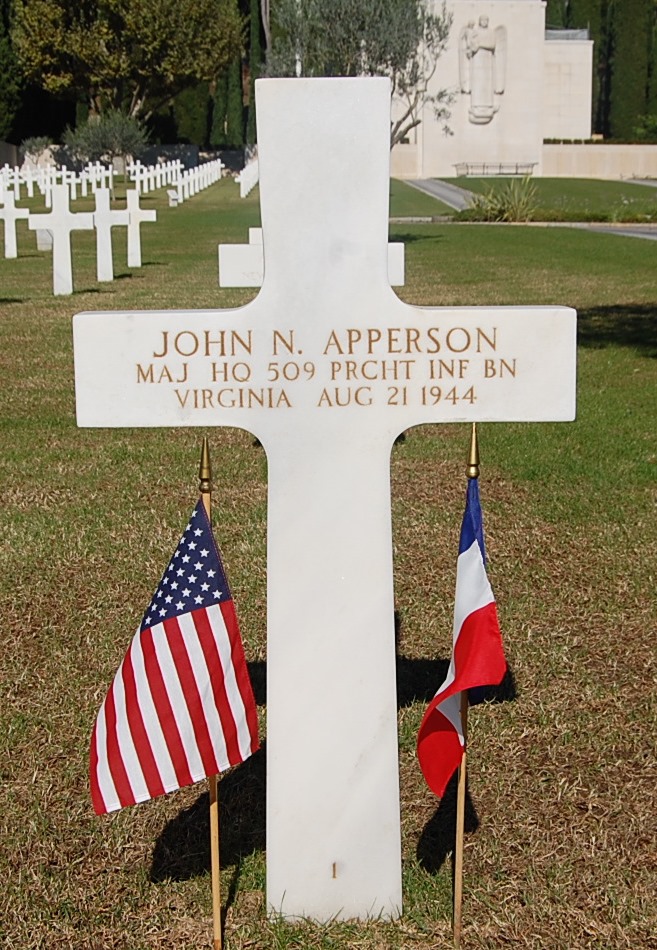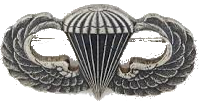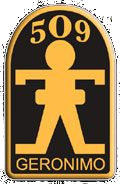|
John N. APPERSON
| |||||||
|---|---|---|---|---|---|---|---|
|
Source : Jean-Loup Gassend (Andy)
| |||||||
| NUMBER OF SERVICE | O-301346 | ||||||
| AGE | 37 yo | ||||||
| DATE OF BIRTH | 21 novembre 1906 New Kent County, VIRGINIA | ||||||
| ENLISTMENT STATE | VIRGINIA | ||||||
| FAMILY |
Children : Katharine Parents : William Armstead & Ellen D Harris APPERSON Siblings : Elizabeth Davis | ||||||
| RANK | Major | ||||||
| FONCTION | Paratroopers | ||||||
| JOB BEFORE ENLISTEMENT |  | ||||||
| DATE of ENLISTEMENT | |||||||
| COMPANY | Headquarters Company | ||||||
| BATALION | 509th Parachute Infantry Battalion | ||||||
| ARMY | |||||||
| DATE OF DEATH | 21 August 1944 |
Source : Andy | |||||
| STATUS | KIA | ||||||
| PLACE OF DEATH | Cote 131 La Napoule ALPES-MARITIMES | ||||||
| CEMETERY TEMPORARY |
CEMTERY TEMPORARY of Draguignan N°3551
| ||||||
| CEMETERY | RHONE AMERICAN CEMETERY and MEMORIAL of Draguignan | ||||||
| GRAVE |
| ||||||
| DECORATION |
| ||||||
| |||||||
| STORY | |||||||
| By : kline hill
He was a member of the John Marshall High School Corps of Cadets C co class of 1923 Richmond Va He was killed shortly after the capture of Hill 131 and the village of La Napoule. Three officers were killed in bizarre circumstances described by Captain Bud Seigel: "We had gotten the wrong kind of money in our escape kits. When you go on mission, they give you and escape kit that has pills that can keep you awake, a file you can keep on your behind, and money. They had given us Italian money instead of French money. Major Apperson who had just recently been appointed BN Executive officer wanted to collect all the Italian money and take it to the Finance Officer, exchange it for Francs, and then give it back to the men. He was overage and green, but he was a nice guy , so you felt sorry for him." I explained to him: "Don't bother changing the money, these fellows have been with us in Africa and know what to do with the money" But he went ahead and collected it and tried to take it all to the Finance Officer to get proper money. He had Lt Hubert Fiander with him, who was a West Pointer. He was driving and Apperson was with him and they hit a Teller mine and it blew the jeep to pieces. They were both killed and the money was spread all over the road and all the guys picked it up" The third officer in the jeep was Lt Lee Webb a linguist from the 2680th Military Intelligence Company who had parachuted into France. ------- Before the WarJohn Newton Apperson was born on November 21, 1906, in New Kent County, Virginia, a farming community just outside the city of Richmond. Apperson and his sister, Elizabeth, were raised by their mother and her extended family. Throughout his life, Apperson was very close to his uncle Major Herbert Witt Harris, who helped to raise him and later encouraged Apperson’s military service. While working as a seed analyst, Apperson joined his Uncle Herbert in Virginia’s Army National Guard as a member of the Richmond Light Infantry Blues, D Company, 183rd Infantry Regiment, which was a part of the 29th Infantry Division. On February 3, 1941, President Franklin Delano Roosevelt federalized national guard units as the United States built up its armed forces in preparation for potential involvement in World War II. Military ExperienceApperson began his U.S. Army career at Fort Meade, Maryland. He received high marks from a superior officer who remarked that he was, “spirited and cheerful in disposition, self-reliant and firm in character, able and brilliant mentally with sound knowledge, zealous and energetic in application obtaining excellent results quickly and possesses marked ability in leadership. In comparing him with other officers of his rank and component, I would place him in the upper third.” Serving AbroadIn April 1944, Apperson joined the 509th Parachute Infantry Battalion in Rome, Italy, as they prepared for Operation Dragoon, the allied invasion of southern France. The unit was nicknamed "the Geronimos" because they yelled “Geronimo!” as they jumped out of their airplanes. The 509th Parachute Infantry Battalion established a number of firsts in World War II. They were the first airborne unit to arrive in England during the war, as well as the first paratroopers in U.S. history to jump into combat in Operation Torch, the 1942 invasion of North Africa. In January 1944, they were the first paratroop unit to participate in an amphibious assault when they helped to lead the Anzio invasion in Italy. By the end of World War II, the 509th Parachute Infantry Battalion had become the most decorated parachute battalion with a total of 1,718 Purple Hearts awarded. CommemorationOn September 19, 1944, Apperson’s mother and uncle received notification of his death from a Western Union telegram delivered to their home in Richmond. The family spent the next year trying to uncover more details about Apperson’s death. In a letter sent four months later, Herbert Harris wrote the Army requesting further information stating that Major Apperson’s mother is “anxious to know some of the details connected with the death of her son… for instance, could you tell us anything relative to the loss of this officer, how his death occurred and where he is buried.” However, the Appersons did not learn details for another eight months because, as the military correspondence noted, “reports of this nature contain only the briefest as they are prepared under battle conditions and the means of transmission are limited.” The family eventually learned the cause and nature of Apperson’s death in May 1945. On May 13, 1945, the Richmond Light Infantry Blues unveiled a portrait of Apperson as part of their annual memorial service. In 1948, the U.S. government gave families the choice of whether to permanently re-inter their relatives in an overseas American military cemetery, or have their bodies returned to the United States. Apperson’s family decided to leave his remains in France. John Newton Apperson is buried at Rhone American Cemetery, Plot A,row 10,grave 1. | |||||||
| SOURCE INFORMATION & SOURCE PHOTO | Abmc.gov - Findagrave.com |
|---|---|
| PROGRAMMER | Eric, Henri, Garrett, Clive, Frédéric & Renaud |


